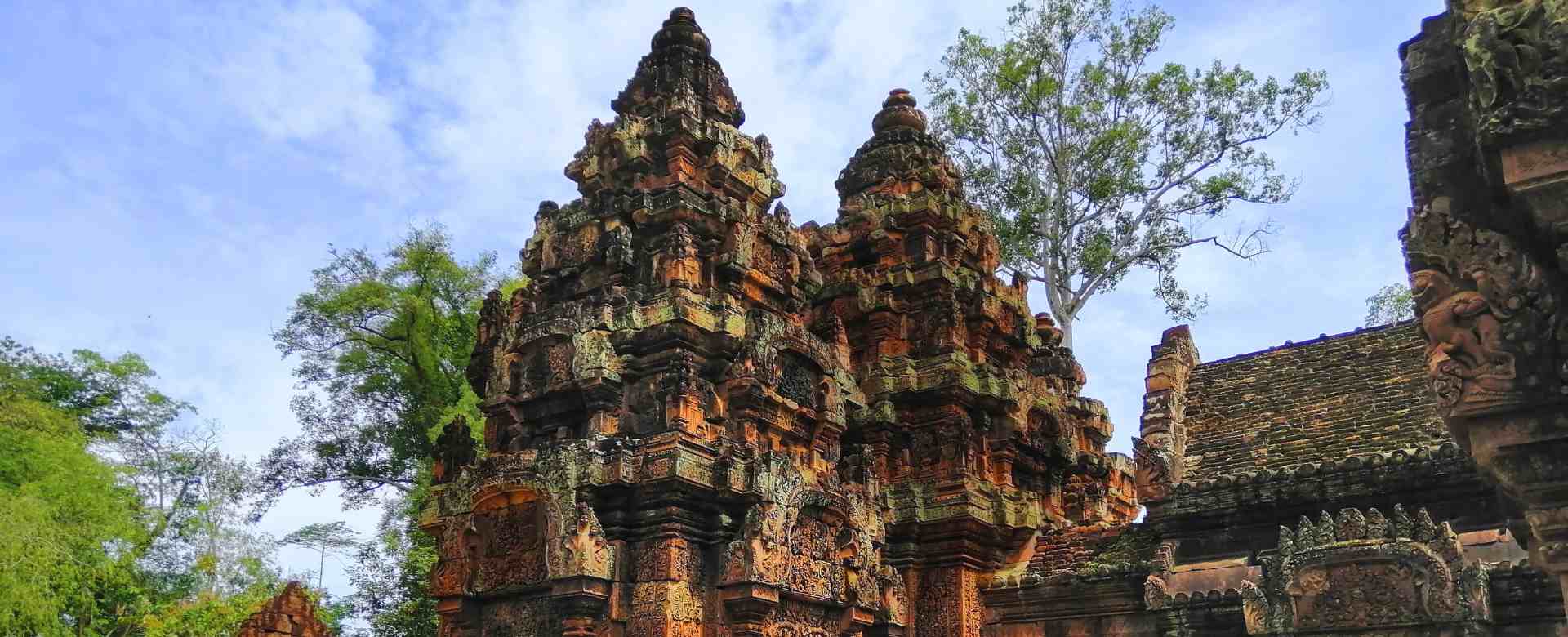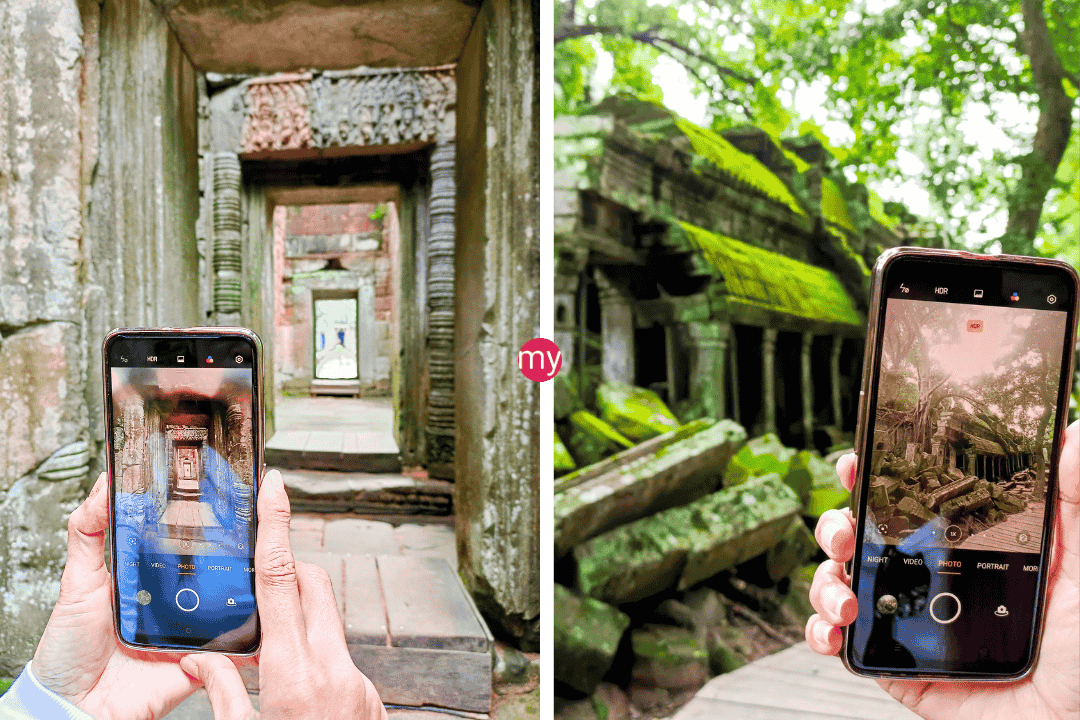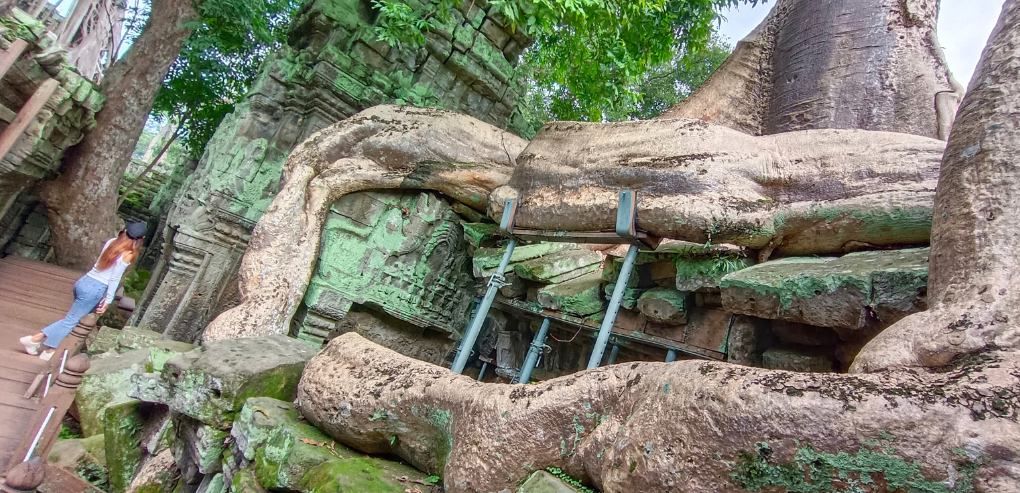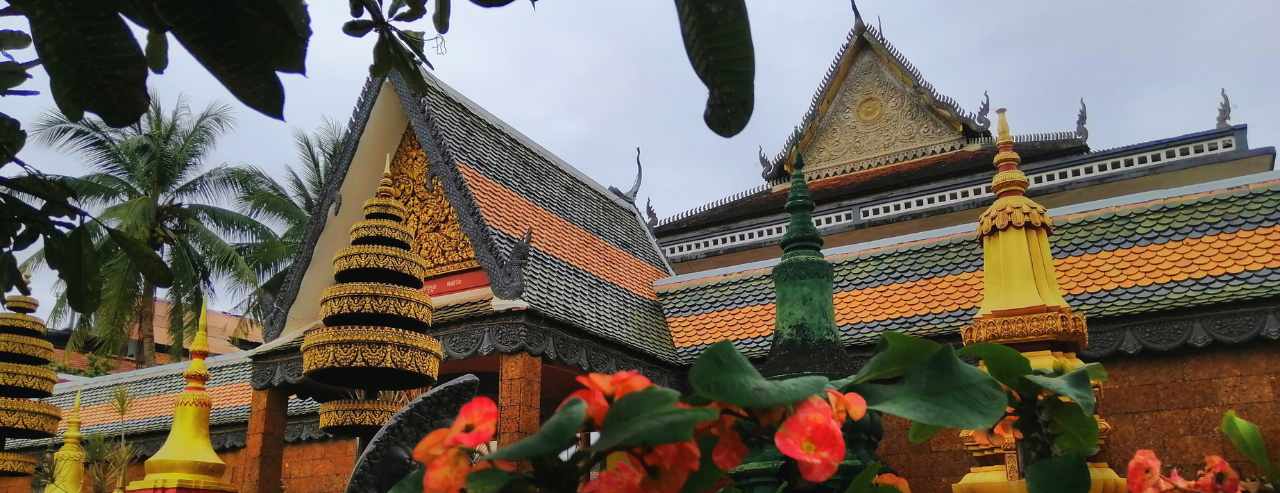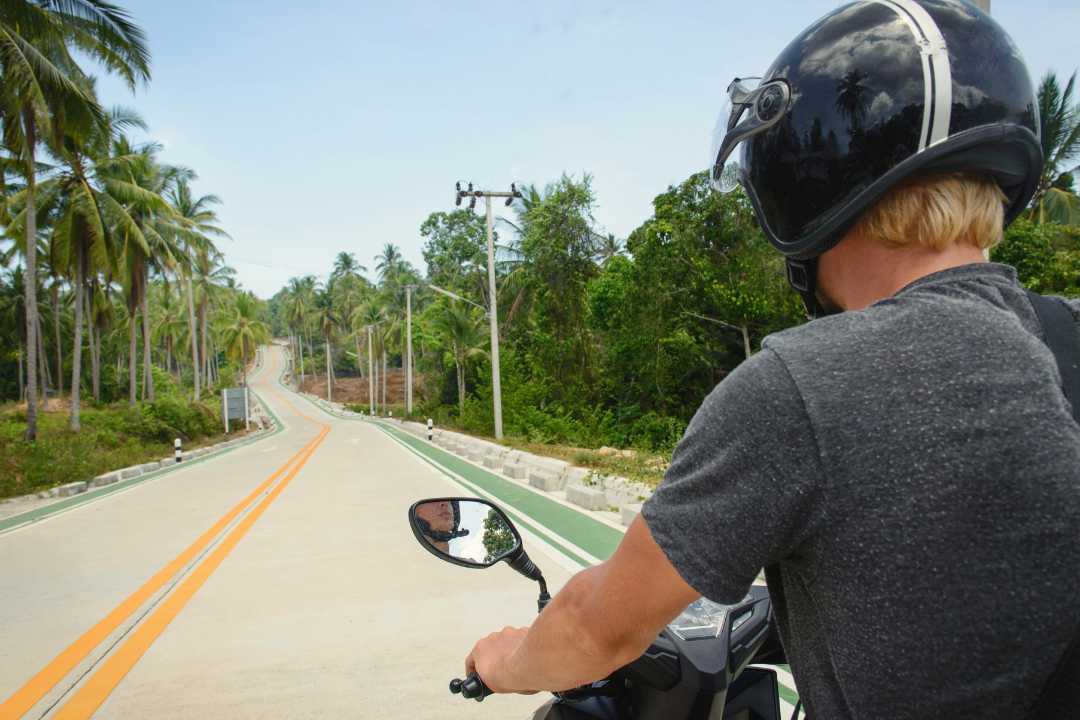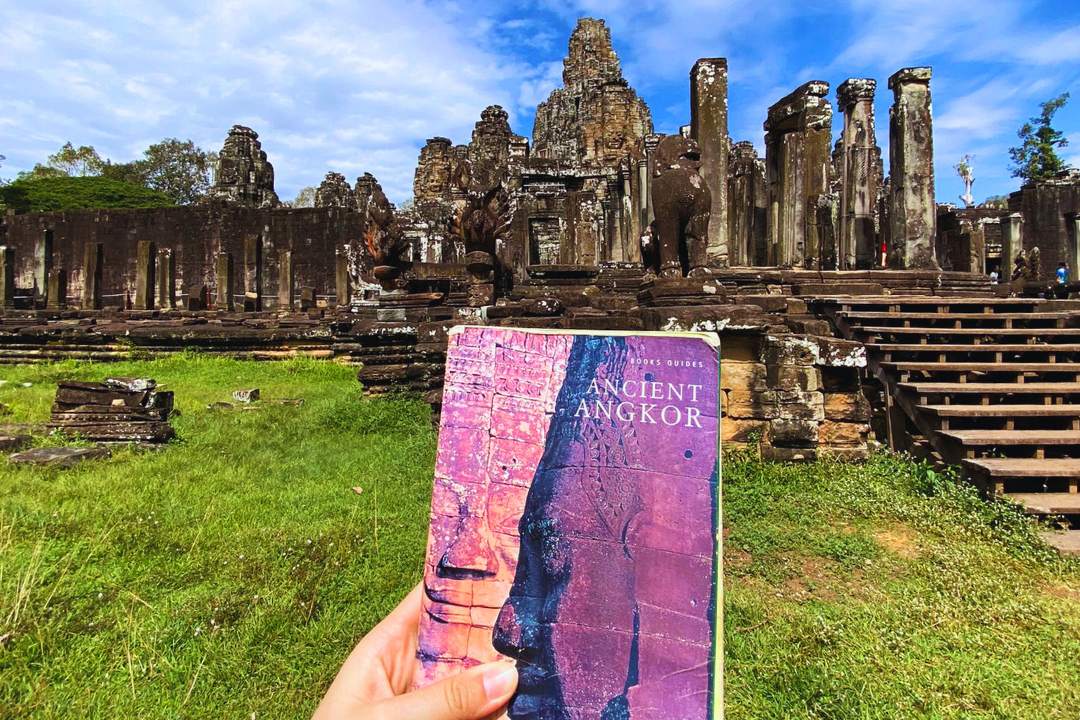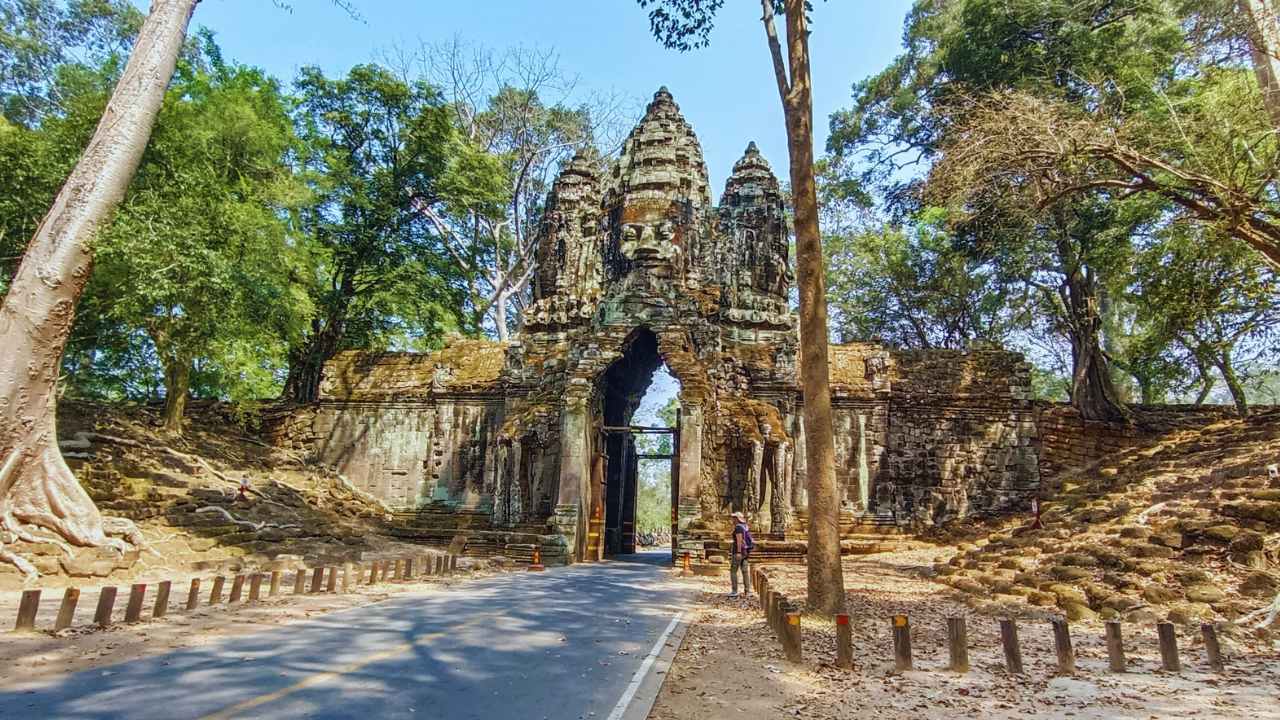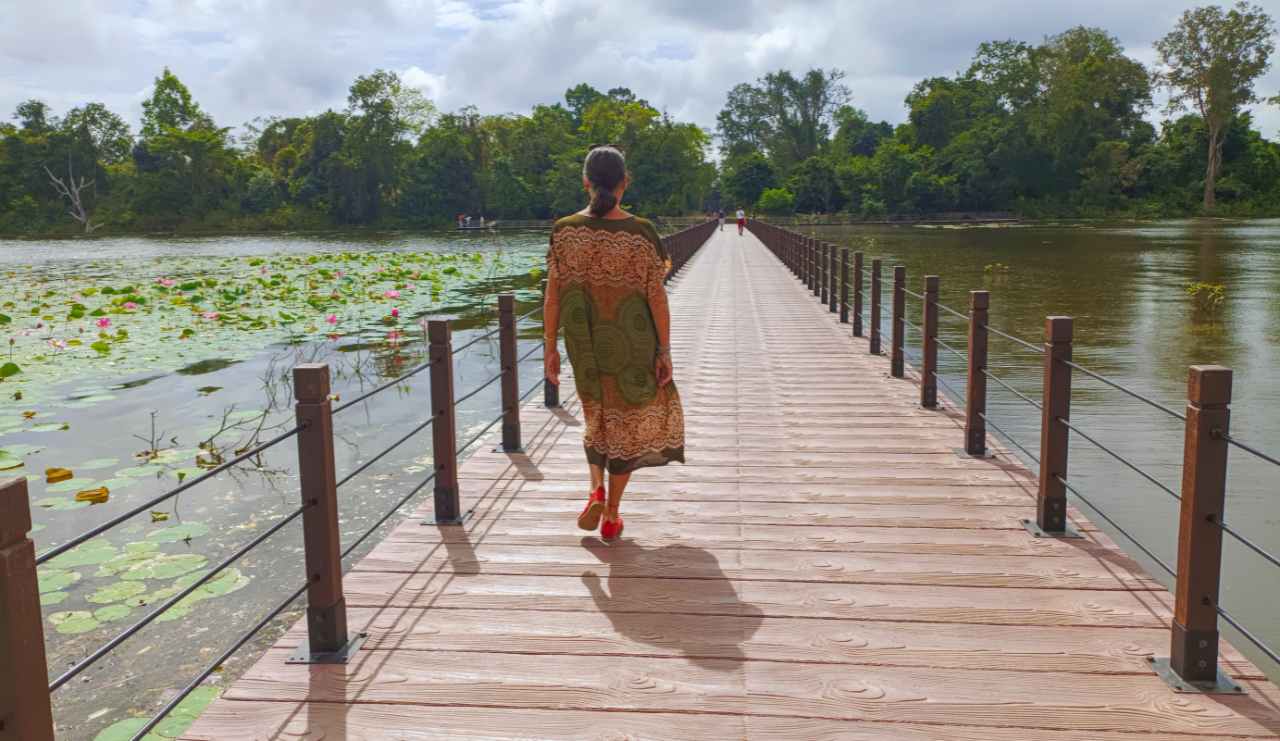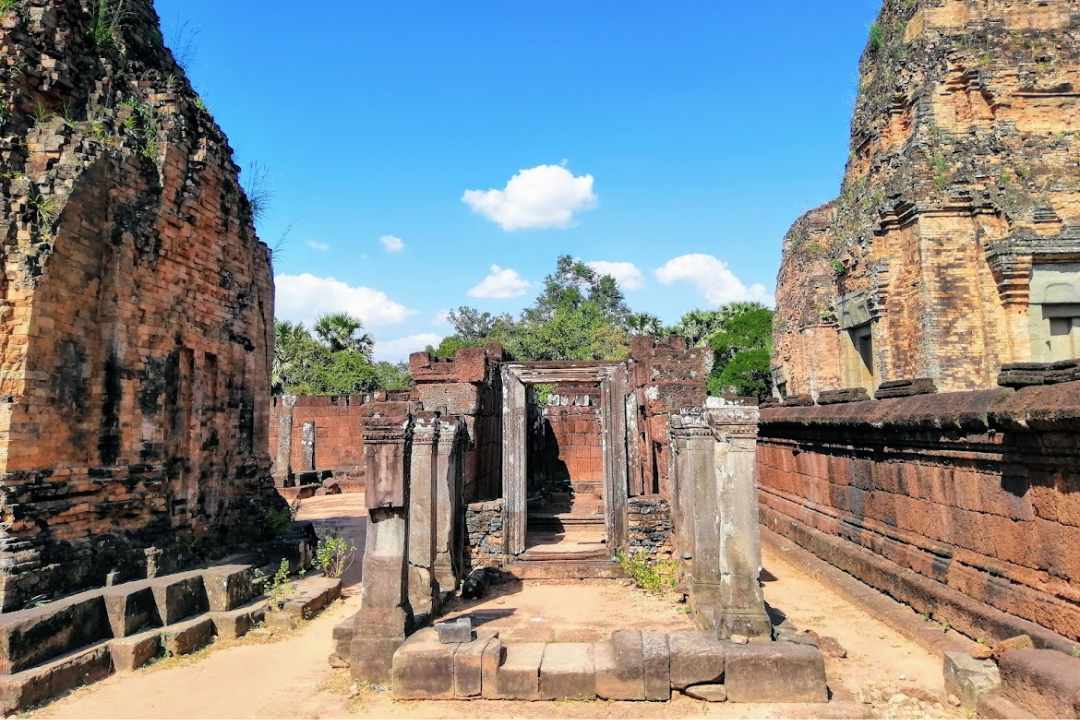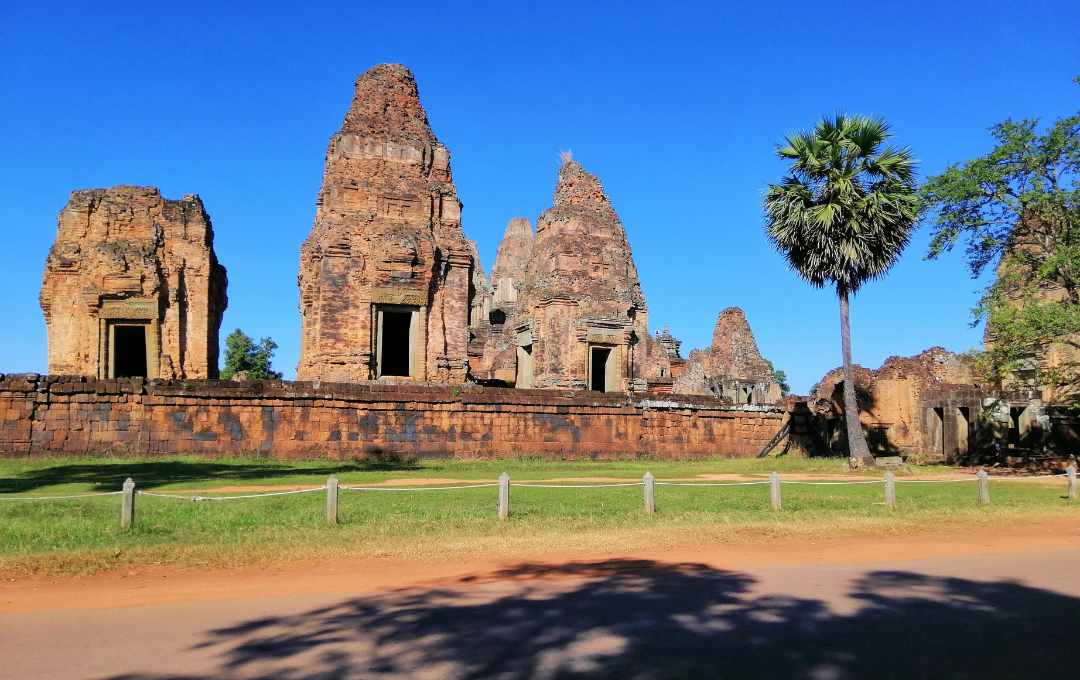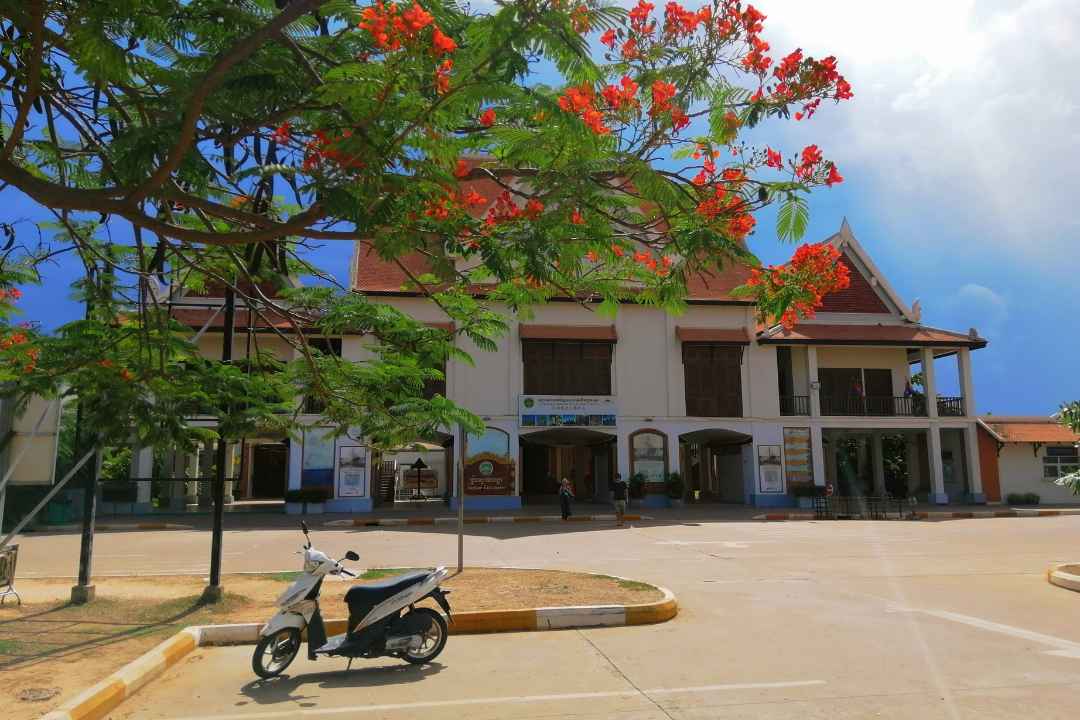Smart Tourism Is Taking Over - Why Vietnam's 25 Million Visitor Goal and Cambodia's New Airport Could Change Everything
A tourism race is heating up. Vietnam eyes 25 million travelers. Cambodia builds skyways and airports. Who wins the next big travel wave in Asia?
Smart tourism infrastructure and digital innovation are reshaping Southeast Asia’s travel landscape as Vietnam targets 25 million visitors by year-end 2025 and Cambodia’s new $2 billion Techo International Airport opens in Phnom Penh.
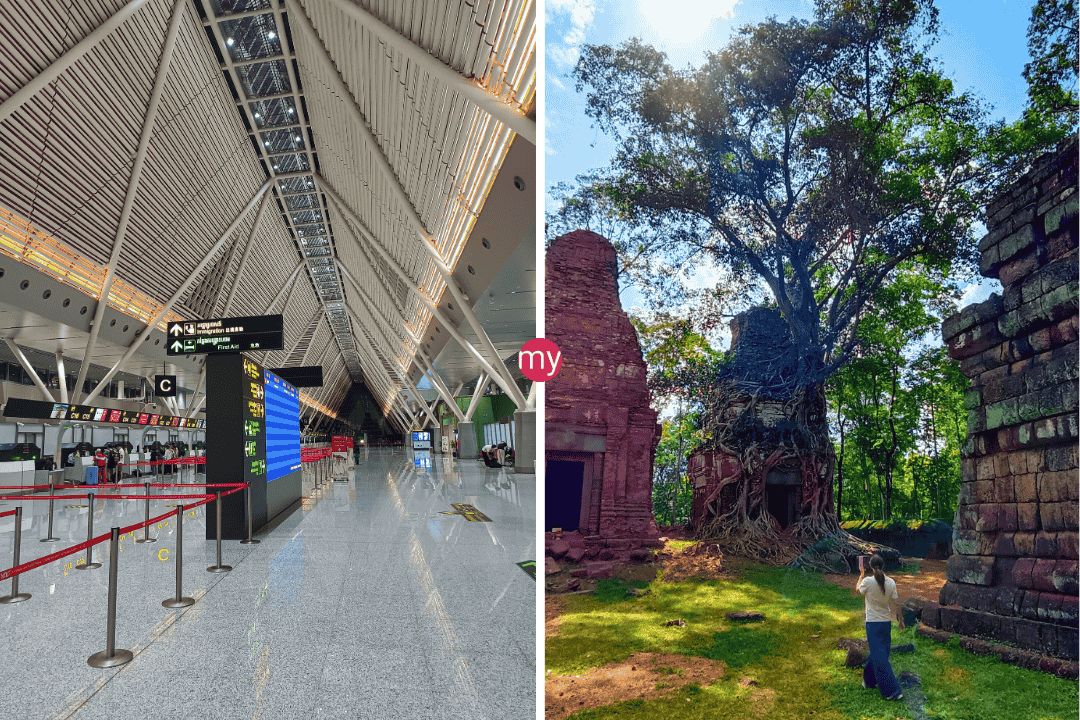
Vietnam just hit 23 million arrivals and secured recognition at the World Travel Awards 2025 for Ho Chi Minh City, while Cambodia-China smart tourism partnerships focus on hotel management training and digital transformation.
Meanwhile, Thailand pushes for 60 million annual visitors by 2030 through aviation expansion with five new direct flights from Europe. The winner? Travelers get more choices, better technology, and competitive pricing as these three nations race toward tourism dominance.
The News That Changes Everything
So here’s what happened while you were planning your next trip: Vietnam announced they’re gunning for 25 million international visitors before December 31st rolls around. Cambodia quietly opened a massive airport that cost more than some countries’ GDP. And Thailand? They’re not sitting still either—adding flight routes.
Smart tourism just stopped being a buzzword and became the actual battlefield where Southeast Asia’s travel supremacy will be decided.
The Numbers Behind The Headlines
By The Numbers:
- Vietnam welcomed 23+ million tourists through Q3 2025
- Cambodia’s Techo International Airport cost $2 billion USD
- Thailand aims for 60 million annual visitors by 2030
- Five new direct flights launched from Europe to Bangkok/Phuket for 2025-2026
- Ho Chi Minh City recognition at World Travel Awards validates Vietnam’s smart tourism approach
- Cambodia reports 4.05 million international arrivals (impacted by border closure)
The gap between aspiration and reality? Vietnam’s closing it fast.
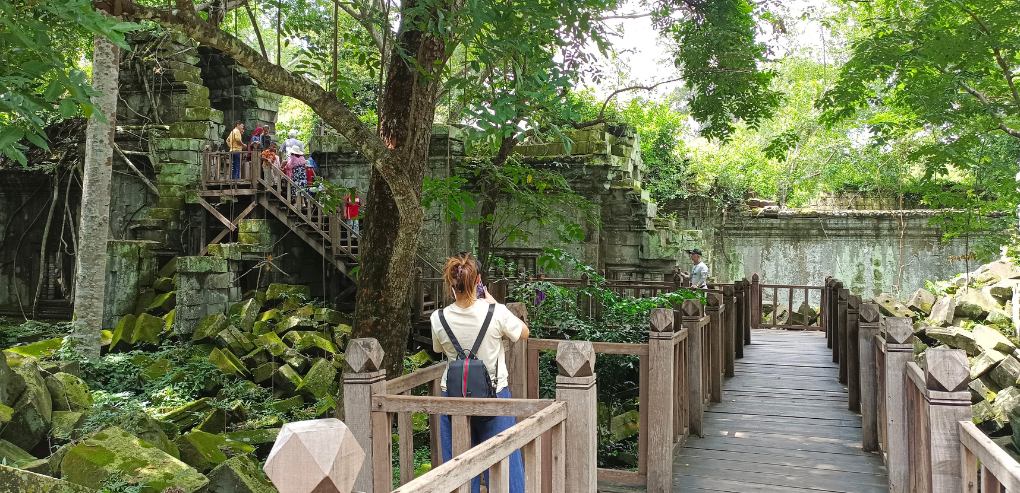
Why We Care (And Why You Should Too)
Look, I’ve spent two decades watching tourism trends in this region. What’s happening right now isn’t just another hotel opening or airline launch. This is a fundamental shift in how countries compete for your travel dollars.
The World Travel Awards 2025 just validated what insiders already knew—Ho Chi Minh City earned global recognition not because it has pretty buildings (though it does), but because Vietnam invested heavily in smart tourism infrastructure that actually works. We’re talking seamless digital payments, AI-powered translation services at major sites, and booking platforms that don’t make you want to throw your phone.
Cambodia’s new airport—Techo International—represents $2 billion in concrete proof that they’re serious about catching up. When a country drops that kind of money on aviation expansion, they’re not hoping for tourists. They’re preparing for a flood.
And that 25 million target Vietnam set? They’re already at 23 million with weeks to spare. That’s not ambition—that’s momentum.
Cambodia’s Airport Play: More Than Just Runways
Let’s talk about Cambodia’s new airport for a second. Techo International isn’t replacing Phnom Penh’s old airport—it’s completely redefining what arrival in Cambodia feels like.
What Techo Airport Does:
- Handles significantly higher passenger capacity than previous infrastructure
- Positions Cambodia as a regional hub, not just a destination
- Creates competition that should (fingers crossed) lower ticket prices
- Integrates smart tourism technology from day one—think digital immigration, baggage tracking via app, and seamless connections
The Cambodia-China smart tourism partnership announced alongside the airport opening focuses on hotel management training and digital transformation. Translation? They’re not just building infrastructure—they’re training people to use it properly.
For travelers heading to Angkor Wat or exploring Koh Ker and Beng Mealea’s breathtaking natural scenery, this aviation expansion means more flight options and potentially better prices from more origin cities.
Make Every Last Hour Count – Temples Before Your Flight
Departing Siem Reap? Don’t waste your final day at the hotel. Our Private Angkor Temples to Airport Drop-Off lets you visit Angkor Wat, Bayon, and Ta Prohm right up until departure time. We’ll get you to the airport on schedule with your luggage – temple touring and stress-free travel, all in one.
Vietnam’s Winning Formula: Why 25 Million Isn’t Crazy
Vietnam’s march toward 25 million visitors isn’t just about showing up and hoping people book flights. They’ve been methodical.
The Big Picture:
- Ho Chi Minh City’s World Travel Awards 2025 recognition validates years of infrastructure investment
- New airline Sun PhuQuoc Airways brings fresh competition and routes
- Vietnam-China cooperation targets 20-30% increase in Chinese visitors specifically
- Focus on “sustainable tourism and quality growth” rather than just raw numbers
What strikes me after watching this sector for years? Vietnam learned from Thailand’s playbook but skipped the mistakes. They’re not oversaturating beaches or ignoring local impact. The smart tourism approach means tracking visitor flows, managing congestion digitally, and creating experiences that feel authentic rather than manufactured.
When I see a country hit 23 million visitors and still push for more without visible strain on infrastructure, that’s when I know they’ve done the backend work properly.
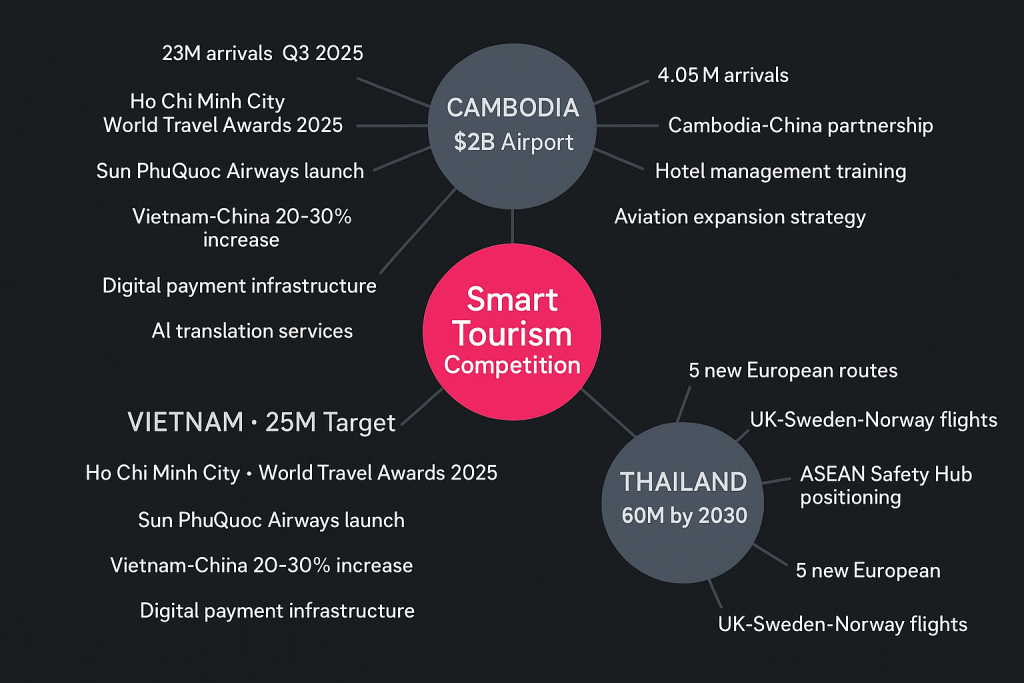
Thailand’s Counter-Move: Aviation Expansion and Ambition
Thailand isn’t backing down from this smart tourism race. Their 60 million visitor target by 2030 sounds insane until you break down what they’re doing.
Driving The News:
- Five new direct flights from UK, Sweden, and Norway to Bangkok and Phuket
- Integrated resort models planned across the country
- Tourism Authority of Thailand providing “frank guidance” on addressing safety concerns
- Push to position as “ASEAN Safety Hub” amid regional scam center concerns
But (and this is important) Thailand faces headwinds Vietnam doesn’t. Chinese arrivals dropped 33% in the first half of 2025. Revenue projections show a 20% decline compared to pre-pandemic 2019 levels. The border conflict with Cambodia—expected to resolve October 27, 2025—hurt confidence.
Aviation expansion alone won’t fix perception problems. Thailand needs what Vietnam has been building: a comprehensive smart tourism ecosystem that makes visitors feel safe, welcomed, and digitally connected from arrival to departure.
Skip the Sunrise Struggle – Experience Angkor’s Magic Refreshed
Start your temple adventure at a civilized hour with our Late Morning Angkor Tour. Sleep in, enjoy breakfast, and see the ancient wonders of Angkor Wat, Bayon, and Ta Prohm without the pre-dawn alarm. Perfect for travelers who want the full temple experience on their own schedule.
Smart Tourism: What It Actually Means
Let’s cut through the jargon. Smart tourism isn’t just slapping QR codes on temple signs and calling it innovation.
What Smart Tourism Really Involves:
- Digital payment infrastructure that works (no more hunting for ATMs)
- Real-time translation services at major tourist sites
- Booking platforms integrated with local transportation
- Data-driven crowd management (so you’re not shoulder-to-shoulder at sunrise)
- Emergency services accessible via app
- Environmental monitoring to prevent overtourism damage
Vietnam and Cambodia are racing to implement these systems. Thailand already has pieces in place but needs integration.
The World Travel Awards recognition for Ho Chi Minh City specifically cited user experience and digital infrastructure alongside traditional hospitality metrics. That’s the signal: smart tourism implementation matters more than marketing promises.
The Competitive Landscape: Who’s Actually Winning?
If we’re keeping score based on momentum, infrastructure investment, and smart tourism implementation:
Vietnam leads in growth trajectory and World Travel Awards validation. Their 25 million target looks achievable, and they’re building for 30+ million.
Cambodia made the boldest infrastructure bet with the new airport and China partnership. They’re playing catch-up but with serious resources.
Thailand has experience and established infrastructure but faces perception challenges and declining Chinese arrivals. Their aviation expansion and 2030 goals require addressing safety concerns and modernizing beyond what worked in 2015.
For travelers? You win. Competition drives better service, lower prices, and innovation.
What This Means For Your Next Trip
So you’re planning Southeast Asia travel. How does all this actually affect your itinerary?
Practical Implications:
- More flight options through Cambodia’s new airport means competitive pricing
- Vietnam’s smart tourism systems mean easier navigation without constant tour guides
- Thailand’s aviation expansion from Europe creates direct access to both Bangkok and Phuket
- Digital infrastructure across all three countries means less cash dependency
- Competition should pressure all three to improve service standards
If you’re heading to Siem Reap specifically, the combination of improved air access and continued investment in visitor infrastructure means better experiences. Whether you’re booking a comprehensive Angkor temples tour or exploring remote sites, the rising tide of smart tourism investment lifts all boats.
Watch the Sun Set Over Cambodia’s Most Iconic Temple
End your day with golden hour magic on our Angkor Wat Half Day Sunset Tour. Spend your afternoon walking through the legendary temple complex, then watch as the sun paints the ancient spires in amber and crimson. A short, stunning experience that captures Angkor at its most beautiful.
Smart tourism and World Travel Awards – Key Takeaways
- Vietnam is on track to hit 25 million visitors before year-end—up from 23 million already
- Ho Chi Minh City won recognition at World Travel Awards 2025 for smart tourism excellence
- Cambodia opened $2 billion Techo International Airport to boost aviation capacity
- Cambodia-China smart tourism partnership focuses on digital transformation and training
- Thailand launched five new direct flights from Europe for 2025-2026 winter season
- Competition between three nations drives better infrastructure and lower prices for travelers
- Smart tourism means seamless digital systems—not just QR codes and apps
The Technology Behind The Tourism
Here’s what separates smart tourism implementation from traditional approaches:
Vietnam and Cambodia are partnering with tech companies (particularly Chinese firms) to build systems from scratch. That means:
- Integrated payment systems across transportation, hotels, and attractions
- Real-time data tracking for crowd management
- Environmental sensors monitoring impact at sensitive heritage sites
- AI-powered customer service in multiple languages
- Digital verification for licensed guides and operators
The World Travel Awards recognition for Ho Chi Minh City specifically called out seamless user experience—the kind you only get when backend systems actually communicate.
Yes, But… The Challenges Nobody’s Talking About
All this smart tourism investment sounds perfect until you consider implementation challenges:
Infrastructure works best when it’s invisible. Vietnam’s systems work until internet connectivity fails in rural areas. Cambodia’s new airport is impressive until you’re stuck in Phnom Penh traffic trying to reach it. Thailand’s apps are helpful until you encounter the language barriers in customer support.
The 25 million visitor target Vietnam set creates its own pressures. Can Ho Chi Minh City handle sustained growth? Will secondary cities get the infrastructure investment, or will everyone cluster in the same three locations?
Cambodia’s reliance on Chinese partnership for smart tourism development creates questions about data privacy and long-term technological independence.
These aren’t deal-breakers—they’re growing pains that come with rapid tourism expansion.
The Bottom Line
Smart tourism separated from marketing fluff comes down to this: can countries build infrastructure that makes travel easier, safer, and more enjoyable while protecting the destinations themselves?
Vietnam’s path to 25 million visitors and World Travel Awards 2025 recognition shows one successful model. Cambodia’s $2 billion bet on a new airport and digital partnerships shows another. Thailand’s aviation expansion and safety positioning shows a third.
None of these approaches guarantees success. But all three create better options for travelers than existed 24 months ago.
The competition brewing between these three countries means you get better service, more choices, and (hopefully) better prices. Whether you’re exploring ancient temples through comprehensive guided tours or venturing to remote jungle ruins, the infrastructure supporting your journey just got significantly better.
Vietnam’s 25 million goal? They’ll probably hit it. Cambodia’s airport bet? Time will tell if capacity meets demand. Thailand’s 2030 targets? Ambitious but not impossible.
What matters for travelers is that Southeast Asia’s tourism infrastructure is being rebuilt with technology, competition, and visitor experience as core principles rather than afterthoughts.
After watching tourism evolve in this region for two decades, what strikes me most isn’t the smart tourism technology or aviation expansion or even the World Travel Awards—it’s how competition forces countries to actually invest in visitor experience rather than just marketing.
The real winners? Travelers who benefit from better infrastructure and tour operators who can deliver higher-quality experiences. Whether you’re exploring Siem Reap’s temple complexes or venturing beyond the typical routes, the rising tide of investment and competition makes everything better.
Want to experience how these improvements translate to actual travel experiences? Connect with us to plan your next Southeast Asia adventure, or check out our media coverage to see how we’re adapting to this new era of smart tourism in Cambodia.
The race is on. And honestly? It’s about time.
Brought to you by Dan and Mat, Your tour planners.
Featured
Explore more on My Siem Reap Tours
Koh Ker and Beng Mealea guided tour | Banteay Srei temple guided tour | Angkor Wat Sunrise tour | Private Angkor Wat Sunset Tour | Koh Ker and Beng Mealea guided tour | Morning Siem Reap floating village tour | Afternoon Siem Reap floating village tour | Private Angkor Wat special tour | Kulen Waterfall small group guided Tour | Private Angkor Wat mix temples photo tour
